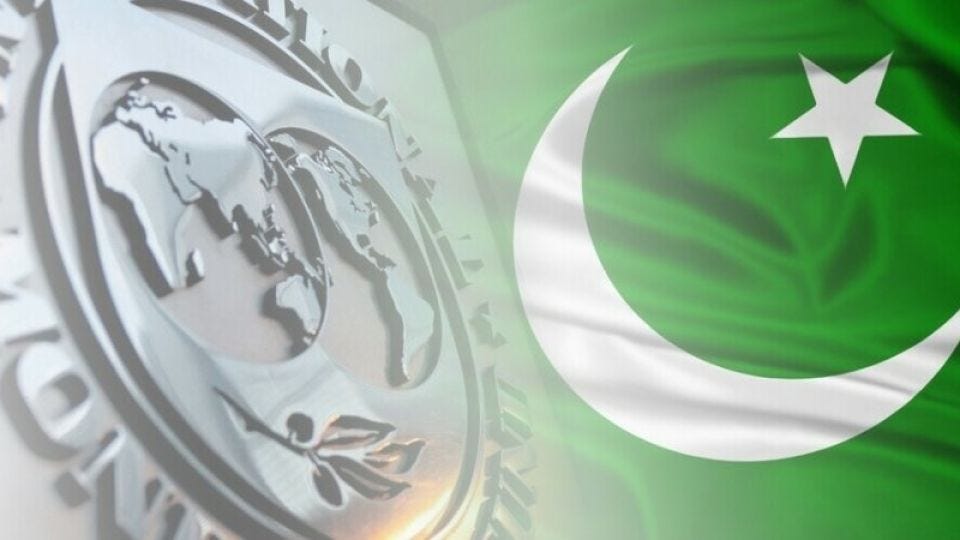Pakistan and the IMF
Navigating Economic Realities
Pakistan’s engagement with the International Monetary Fund has long been a subject of national debate, touching on economic sovereignty, financial discipline, and policy constraints. The most recent IMF program underscores the structural weaknesses of Pakistan’s economy and the external vulnerabilities that force the country into repeated bailouts. While the IMF program provides much-needed fiscal stability, it also comes with stringent conditions that often create short-term hardships for the population. The challenge for Pakistan remains in breaking out of this cycle of dependency while ensuring economic stability and sustainable growth
The Structural Fault Lines
At the heart of Pakistan’s economic fragility lies a combination of fiscal mismanagement, low revenue generation, and a chronic reliance on external borrowing. Successive governments have failed to implement long-term economic reforms, instead relying on quick fixes such as external loans to bridge budgetary gaps. This has resulted in a persistent balance of payments crisis, making IMF bailouts a recurring necessity rather than an exception.
Pakistan’s tax-to-GDP ratio remains among the lowest in the region, largely due to inefficiencies in tax collection and a narrow tax base. With a significant portion of the economy operating in the informal sector, broadening the tax net remains a crucial yet politically sensitive challenge. Moreover, government expenditures—particularly subsidies on energy and food—often outweigh revenue generation, leading to fiscal imbalances that necessitate external intervention.
The IMF Prescription: Stability at a Cost
The IMF’s prescriptions typically include fiscal consolidation, market-driven exchange rates, and structural adjustments aimed at improving economic governance. The ongoing IMF program has pushed for strict monetary tightening, higher energy tariffs, and the removal of subsidies, all of which contribute to inflationary pressures on the average citizen. While these measures are essential for macroeconomic stability, they often result in short-term economic pain, particularly for the lower-income segments of society.
Inflation, already at record levels, has been further exacerbated by policy adjustments mandated by the IMF. The rising cost of living, coupled with currency devaluation, has eroded purchasing power, increasing economic hardship for many. Additionally, high interest rates aimed at curbing inflation have stifled investment and business growth, slowing economic expansion.
The Political Economy of IMF Engagement
Beyond economics, Pakistan’s relationship with the IMF is deeply intertwined with political considerations. Implementing IMF-mandated reforms often proves politically unpopular, making it difficult for governments to commit to long-term fiscal discipline. Policymakers frequently find themselves caught between IMF requirements and domestic political pressures, leading to half-hearted reform efforts that fail to address the root causes of economic instability.
Public skepticism towards the IMF is another significant hurdle. Many view the institution’s interventions as undermining national economic sovereignty, given the conditionalities that limit the government’s policy flexibility. However, the absence of credible alternatives leaves Pakistan with little choice but to engage with the IMF when faced with external financing gaps.
Breaking the Cycle
The critical question remains: how can Pakistan break free from its reliance on IMF bailouts? The answer lies in sustainable economic reforms that address structural inefficiencies. Strengthening domestic revenue collection, curbing non-development expenditures, and investing in export-oriented industries are fundamental to reducing external vulnerabilities. Additionally, improving governance and transparency in public financial management can enhance investor confidence and attract foreign direct investment.
Diversification of economic partnerships is another crucial step. While the IMF remains an important financial partner, Pakistan must explore regional trade agreements, economic partnerships, and alternative financing options to reduce its dependency on international lending institutions.
The Road Ahead
Pakistan’s engagement with the IMF is both a necessity and a challenge. While the program provides financial stability, it also exposes deep-seated economic vulnerabilities that require urgent and sustained reforms. The government’s ability to navigate these challenges will determine whether the country can achieve long-term economic resilience or remain trapped in a cycle of debt and bailouts. The path forward requires balancing short-term stabilization measures with long-term growth strategies, ensuring that economic recovery does not come at the cost of sustainable development.



